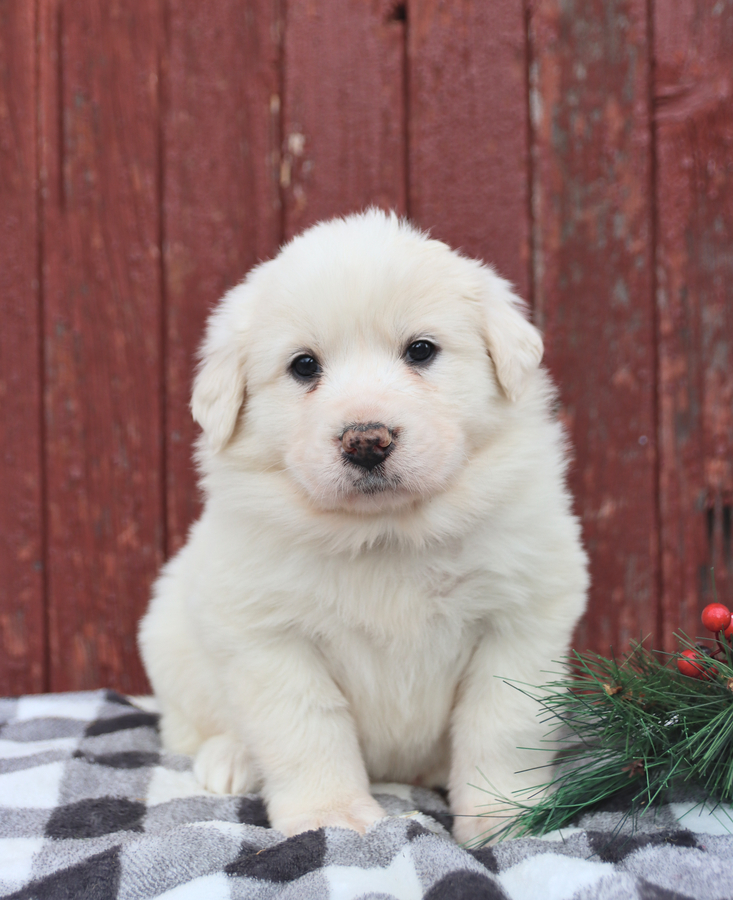Great Pyrenees Puppies

A patient, gentle, and loving family dog
The Great Pyrenees is one of the oldest known dog breeds and makes a great companion and watchdog. These dogs are majestic and their shiny white coats give them an air of royalty. They are very patient with children and are often described as canine babysitters.
Great Pyrenees At a Glance




Great Pyrenees At a Glance
- Size: 25"-32", 85-100 lbs.
- Lifespan: 10-12 years
- Energy Level: high
- Coat: Long outer coat with a soft undercoat
- Shedding: heavy
- Hypoallergenic: No
- Dog Group: Working
- Common Nicknames: Pyr
Great Pyrenees Breed Guide
Learn More About Great Pyrenees


